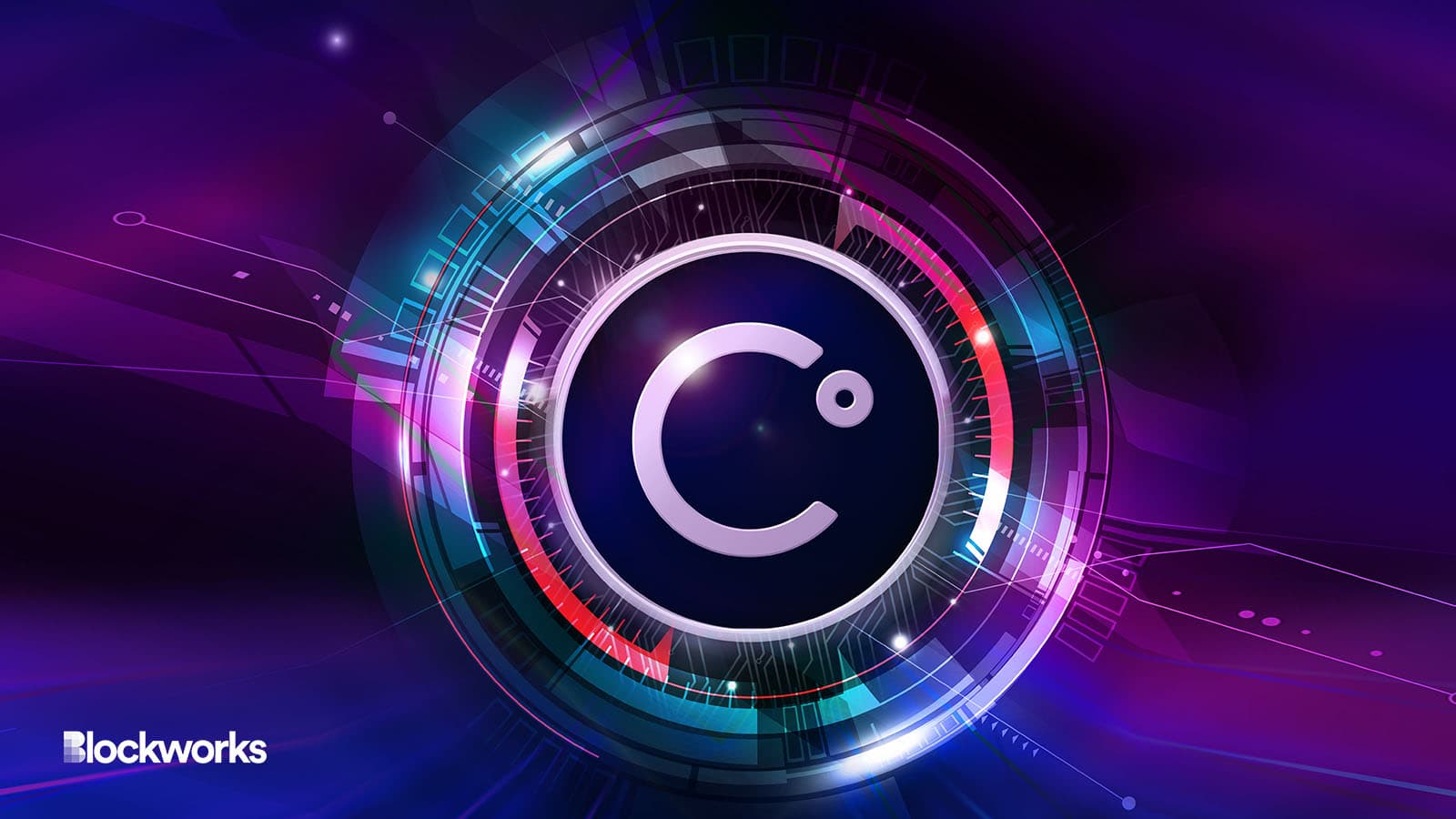Celsius Execs Joked that Investors Thought the CEL Token Was ‘Going to the Moon’
Court-appointed examiner Shoba Pillay didn’t establish whether Celsius was a Ponzi scheme, but details instances that show it might as well have been one

Source: Shutterstock / Artemenko Valentyn, modified by Blockworks
A string of findings by an independent examiner show Celsius operated its business in a manner completely unlike what it advertised, a report, published Tuesday, revealed.
Shoba Pillay, the court-appointed examiner in Celsius’ bankruptcy case, was given a mandate to review its native currency CEL, its representations to customers and to examine claims that its operations qualified as a “Ponzi scheme.”
She wrote that customers were sold on the concept that the lender offered better returns than a traditional bank, but it “was not the business that Celsius actually operated.”
Celsius emphasized that it puts its “community first,” with former CEO Alex Mashinsky convincing investors that customer-deposits coins “are your coins, not our coins,” she said. He also promised that coins would be returned to owners even in the event of a bankruptcy, her report alleged.
Another foundational marketing ploy the firm is said to have used is trading in its CEL token. Customers were allegedly told they would score CEL rewards that Celsius would procure from the company’s internal treasury or by buying CEL in the secondary market — what it described as a self-sustaining “flywheel.”
“From its inception, however, Celsius and the driving force behind its operations, Mr. Mashinsky, did not deliver on these promises. Behind the scenes, Celsius conducted its business in a starkly different manner than how it marketed itself to its customers in every key respect,” Pillay said.
Blockworks has reached out for comment on the examiner’s report.
Celsius abandoned transparency promises from the get-go
Celsius allegedly failed to tell customers about its flop initial coin offering (ICO). Mashinsky had initially promised to snap up any unsold tokens from the ICO, but failed to deliver on that pledge.
However, the company chose to “substantially expand” its CEL purchases in 2020, with the intention to boost its price, and timed purchases in a way that would create a market buzz around the token. So although Celsius customers were aware the company would purchase CEL tokens, the lengths to which it would go was kept hidden.
The report stated that Celsius’ head of trading desk wrote to colleagues including the CFO: “Just to clarify between us three: The last 3-4 months we bought always more CEL than what we pay as interest per week but we did not buy it for the interest payments, that is just what we told the community.”
They later praised their secretive purchases and discussed how it led to “people thinking [the price of CEL] is going to the moon haha.”
Edits to Ask Me Anything interactions
Internal managers noted that several statements Mashinsky made in his tweets and during AMAs weren’t accurate. The chief risk office proposed editing the AMAs beginning May 2021 even though investors may have heard them, and before they were posted to YouTube, “to eliminate any misleading statements.” However, Mashinsky thwarted this effort as he felt delays would lead to doubts.
“Throughout 2021 and up through the bankruptcy filing, Celsius continued to identify incorrect statements Mr. Mashinsky made during the AMAs,” the report said. “In some instances, Celsius was able to edit the AMAs after posting; in other instances, it was not.”
Employee concerns about CEL
The examiner noted that CEL had limited utility as it could only be used on Celsius, that employees often discussed it was “worthless” and that its price should have been zero.
Celsius also engaged in protecting the price of its token if insiders like Mashinsky wanted to cash out and make millions on his CEL holdings.
The report noted an employee saying internally on Slack: “if anyone ever found out our position and how much our founders took in USD could be a very very bad look…We are using users USDC to pay for employees’ worthless CEL…All because the company is the one inflating the price to get the valuations to be able to sell back to the company.”
Dean Happen, coin deployment specialist at Celsius, noticed that customer funds were being used to fund CEL purchases. In January 2021, he said internally that his title at Celsius should be “Ponzi Consultant.” And last year, Tappen called Celsius’ practice of using customer assets to fund CEL purchases as “very Ponzi like.”
Use of new customer funds to support withdrawals
The examiner found that Celsius didn’t have enough liquidity to cover future withdrawals in the period leading up to its withdrawal pause, and that it had to rely on new customers to fund further claims. This would be typical of a Ponzi case, but the examiner didn’t explicitly state that it amounted to one.
“If Celsius had not instituted the Pause and the run on the bank continued, new customer deposits inevitably would have become the only liquid source of coins for Celsius to fund withdrawals,” Pillay found.
Get the news in your inbox. Explore Blockworks newsletters:
- The Breakdown: Decoding crypto and the markets. Daily.
- 0xResearch: Alpha in your inbox. Think like an analyst.






